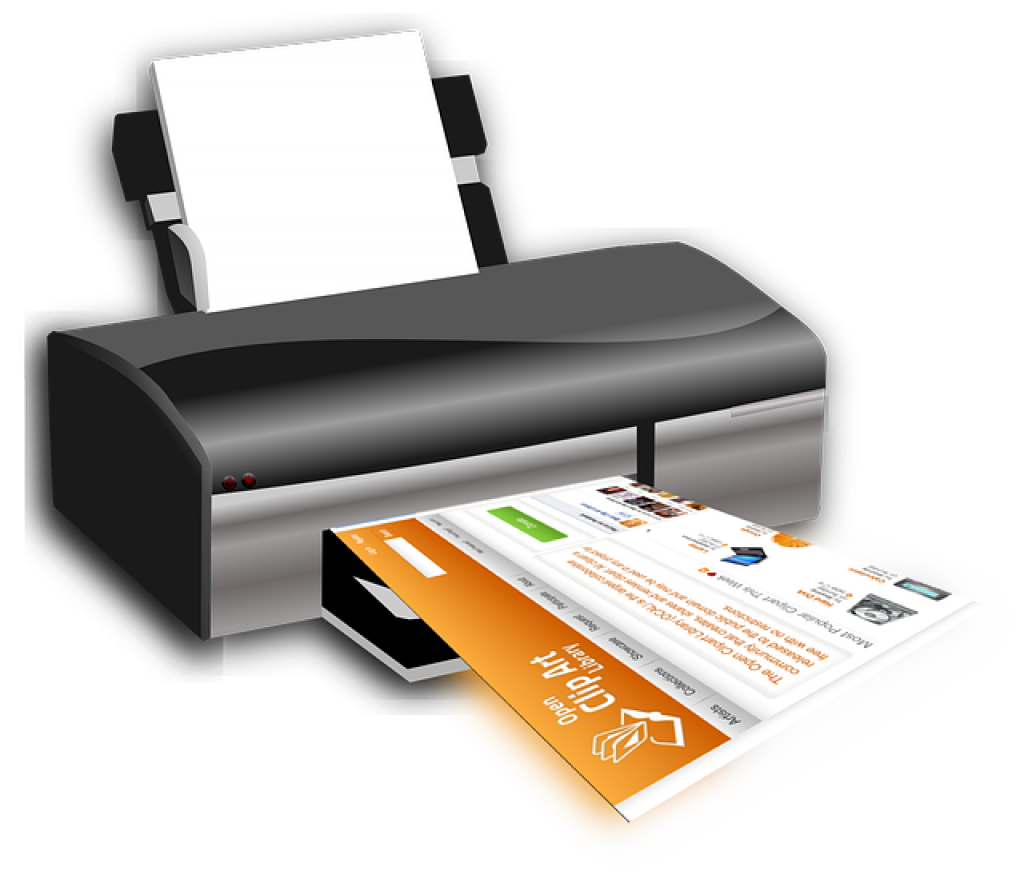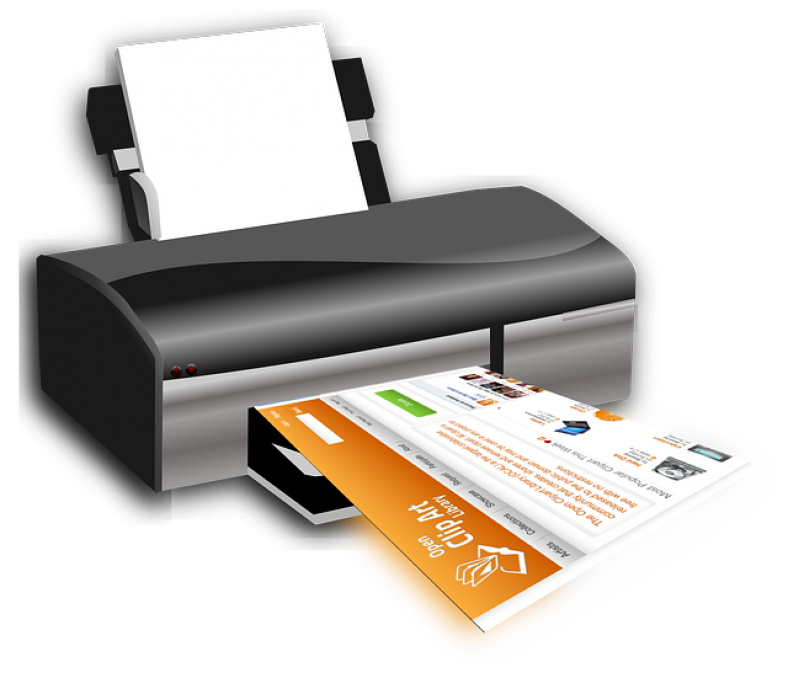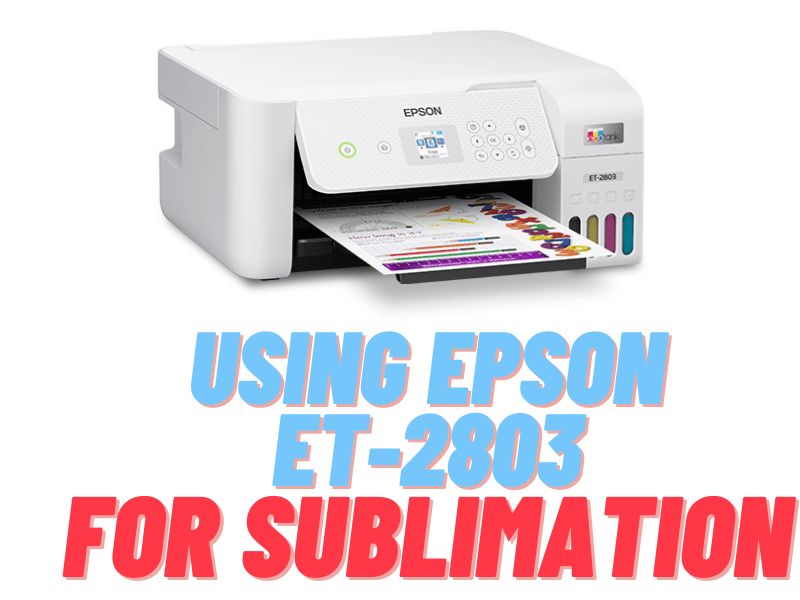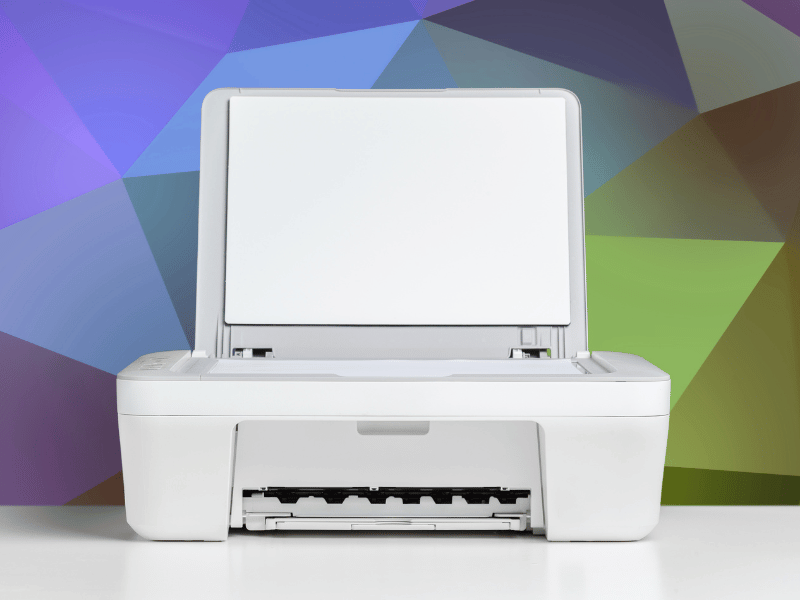A dye-sublimation printer produces better-quality images than other common types of printers, such as inkjet and laser units. Instead of sending out a stream of liquid ink to stain the page, the dye-sublimation printer heats up a special type of solid ink that changes into a gas when it is heated without passing through a liquid phase. This printing method also is known as thermal dye-transfer printing and dye-diffusion printing.

Dye Quantity:
Inkjets use the same quantity of ink to fill in each spot on the paper, and laser printers apply the same amount of toner to each dot. This limitation does not apply to a dye-sublimation printer, so it can print an individual spot brighter or darker by applying a different amount of ink.
White Space:
Inkjets and laser printers can produce an image with varying brightness by changing the number of dots in an area of the paper. If space can hold 100 black dots, and the inkjet places 50 black dots, it produces a shade of gray. The problem with this method is that there is white space between the dots, so the image looks low quality. The dye sublimation printer can print 100 gray dots, so it doesn’t need to place space between each dot.
Color Printing:
A color inkjet printer also separates different colored dots, so a yellow dot is separate from a black dot. With a dye sublimation printer, there is no separation, and the printer applies cyan, magenta, yellow and black dye to the same dot. This also improves the image quality, especially if the reader looks very closely at the paper. Dye-sublimation printers also apply a clear coating to each dot after coloring it, protecting the ink, so ink smearing is not an issue with this type of printer.
Significance:
The main use of dye-sublimation printers is creating glossy, high-quality images. These printers are helpful for producing magazines, brochures, and other professional images. Dye-sublimation printers were originally much more expensive than inkjet printers, but they now are available at prices comparable to inkjets. A dye-sublimation printer still requires special glossy paper, unlike the cheaper paper that an inkjet can use.




